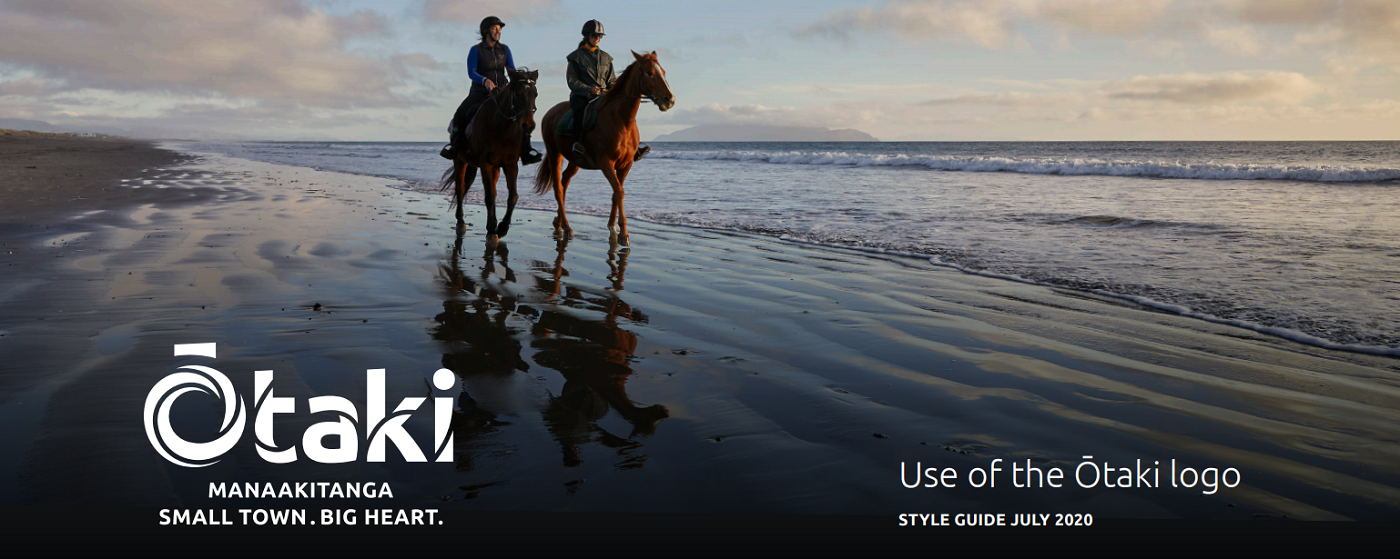
A pianola that entertained theatre-goers 100 years ago has returned to Ōtaki in pristine working order.
The Gulbransen pianola originally played at the Bright’s Theatre when it was first built in 1913. It was played to accompany the black-and-white silent movies showing at the theatre. The theatre burned down in December 1935 and was replaced by the current Civic Theatre.
Bright’s was named by its owners, Frederick and Arthur Bright, both of whom died in the 1918 flu epidemic. The Brights also owned at various times the Telegraph Hotel and the Family Hotel. The new theatre owners renamed the theatre the Cosy Theatre.
The pianola has taken some time to be returned to Ōtaki in its near-original condition, and it was only by chance that it returned at all.
Ōtaki Museum trustee Di Buchan was volunteering at the museum about four years ago when she received a phone call. Caroline Banks of Eastbourne in Lower Hutt said she had the pianola and knew it had come from Ōtaki. She and her husband, Doug, were retired and moving on – would the museum like it?
Di had heard about the pianola from Mary-Annette Hay, the granddaughter of Ōtaki philanthropist Byron Brown. Di immediately told Caroline the museum would love to have such an important part of Ōtaki’s history.
It duly arrived at the museum, but it was by no means playable. It was interesting from a historical perspective, but no more.

PLAYING AGAIN: Local musician Anne-Marie Stapp plays the old pianola at a museum function to welcome the instrument back to Ōtaki.
Photo Ōtaki Today
Restoring it was to cost about $15,000, and only two people in the country could tackle the job. One of them, Stephen Powell, just happened to be in Wellington. But the museum simply didn’t have that sort of money.
Hearing about the dilemma from museum trustee Neale Ames, the Philipp Family Foundation stepped in, ensuring that the work could be completed and museum visitors could hear the pianola in all its glory again.
The instrument can be played as a piano, but it also has rolls of sheet music that when rotated by pumping the pedals, play music automatically.
The Gulbransen company, which was established in Chicago in 1904, claimed their pianos were the easiest in the industry to pump, “so easy, in fact, that a baby could do it”.
The Bright’s pianola went away for restoration in February, six months later returning with a ceremony on August 1 attended by some of the Bright and Brown family descendants, Irene and Ray Mackle of the Philipp Family Foundation, museum trustees and members of the Ōtaki Players, who now stage shows at the Civic.
Local musician Ann-Marie Stapp played the instrument, and museum trust chair Judith Miller demonstrated how easy it was to play without touching the keys.
Also attending was restorer Stephen Powell, who was pleased to see it being used again.
The restoration included all new keys and new felt hammers. Strings were replaced with those Stephen makes by hand. The job was to bring the pianola back to musical life – the exterior had little done to it.
“It would have had a varnished look in the early days,” Stephen said. “The dark exterior now is just age.”
When “talkies” were introduced in the late 1920s and early 30s, the pianola was phased out. It certainly would not have been at the theatre when it burned down on the night of December 24-25 in 1935, to be rebuilt as the Civic in 1938.
It went to the Bright family home, Kaingaraki, and then to Byron Brown’s house in Moana Street. Byron’s connection was that he married Frederik and Arthur’s sister, Susannah Bright.
When Byron sold his house in Moana Street, he sold it to George Banks, whose son and daughter-in-law gifted it to the museum because they were shifting to a retirement home.
LATEST NEWS - HISTORY POSTS
- Medals to remember Maggie, Harry
- Historic Te Horo kaīnga restored
- Work on old Clifden Cottage under way
- Hector, 100, at Sunset Retreat
- D-Day remembered at college commemoration
- Restored theatre pianola returns
- Restoration the focus for rotunda Friends
- Convoy PQ17 remembered at college commemoration
- Ōtaki sergeant gets bravery award – 70 years later
- Costs, dwindling attendance likely to close old Manakau church

